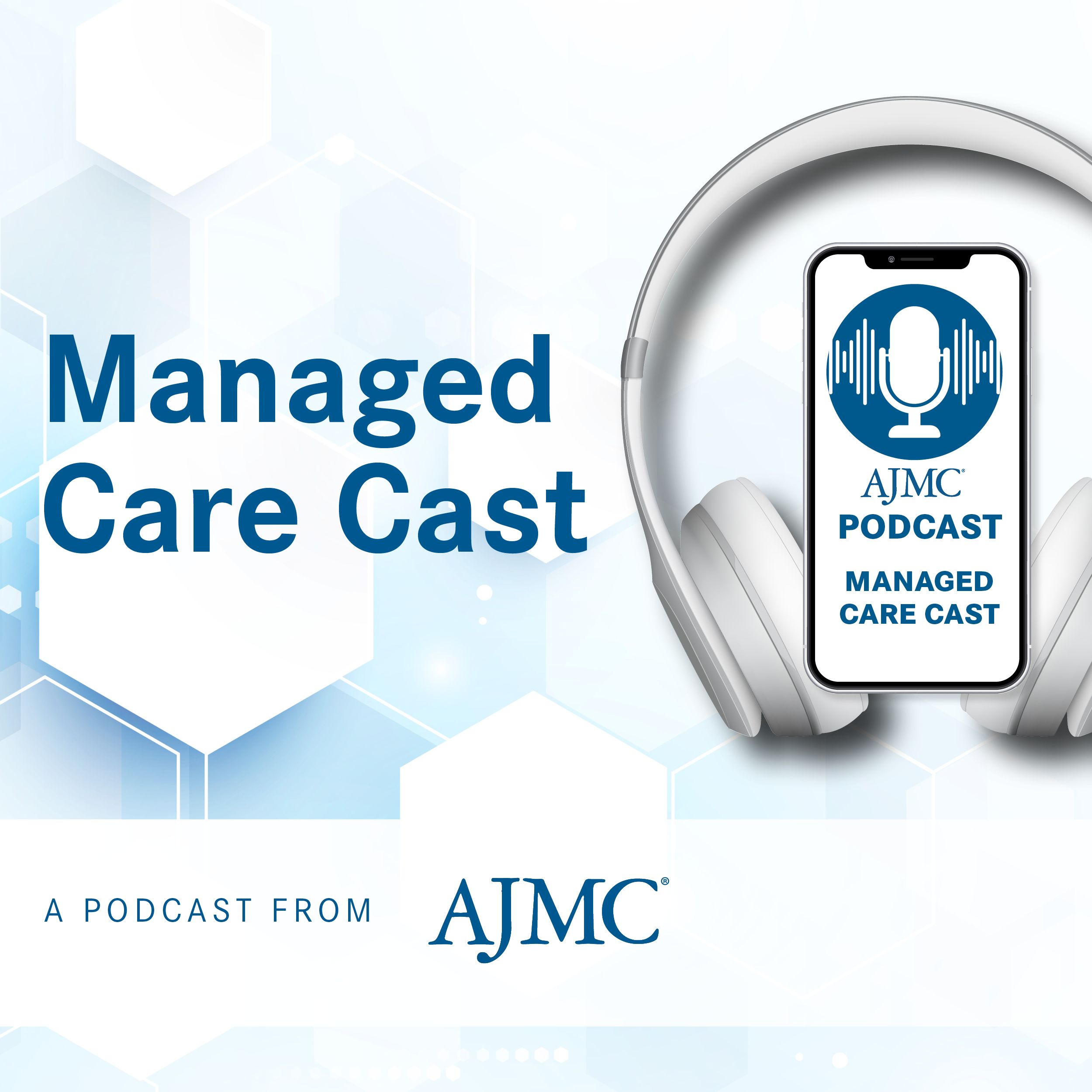Commentary
Article
Precision Oncology in NSCLC: Overcoming Patient Selection Barriers
Author(s):
Ryan Nguyen, DO, physician and researcher at the University of Illinois Chicago, emphasizes the transformative impact of immunotherapy in non–small cell lung cancer (NSCLC) and the need for precise biomarkers and equitable access to advanced treatments through systemic testing protocols.
Ryan Nguyen, DO, physician and researcher in the Division of Hematology and Oncology at the University of Illinois Chicago (UIC), highlights the transformative impact of immunotherapy in non–small cell lung cancer (NSCLC) and its integration into standard care at all stages. Although immunotherapy offers lower toxicity and lasting efficacy, Nguyen emphasizes the challenge of identifying patients most likely to benefit, noting the limitations of biomarkers like PD-L1 and the need for more precise predictors.
Nguyen also stresses the importance of equitable access to advanced therapies, particularly for underserved populations. He advocates for systemic testing approaches, such as standardized next-generation sequencing, to connect patients with effective treatments or clinical trials. With the rapid evolution of cancer care, he also underscores the need for streamlined protocols to ensure all patients benefit from precision oncology advancements.
Nguyen participated in a panel discussion on immunotherapy advancements in NSCLC at a recent Institute for Value-Based Medicine® event in Chicago.
This transcript has been lightly edited for clarity.
Transcript
With the rapid advancement in immunotherapy for NSCLC, what challenges are clinicians facing in identifying which patients will benefit most from these treatments?
I think immunotherapy has really changed the care of patients with lung cancer. I remember not that long ago, when I was first going through my medical training, that immunotherapy was a new concept in lung cancer. And now it's pretty much become part of the standard of care at every stage of lung cancer, from stage IV all the way down to our earlier stages.
I think it's brought a lot of benefit to our patients, in terms of having a treatment option that has less toxicity can be more effective, but I think the challenging part is trying to find what are the right patients that immunotherapy will benefit. We know that immunotherapy, when it does work for patients, it works really well and it can work for a really long time. But there are a subset of patients that don't benefit from immunotherapy, and so trying to come up with better biomarkers to identify which patients are going to benefit from immunotherapy is, I think, that next challenge.
We have PD-L1, TMB [tumor mutation burden], and microsatellite instability as markers of immunotherapy responsiveness. I'll say, in the lung cancer space, PD-L1 is probably the most validated biomarker. But I know I have had patients that have low PD-L1 who respond really well to immunotherapy and then patients who have high PD-L1 who don't respond that well.
And so trying to come up with better predictors of who's going to benefit from immunotherapy is going to be, I think, that next challenge so that we can select these patients and potentially even have patients who could benefit from an immunotherapy-only approach.
As more immunotherapies and targeted therapies enter the market, how can we ensure that patients with NSCLC have access to these advanced treatments, especially those in underserved communities?
So we're definitely in the era of precision oncology, and I think the model behind that is making sure that we're matching the right patient to the right treatment at the right time. And ultimately, we're not going to be able to be able to identify these patients for the right treatment if they never get the testing.
A lot of these new tests and new treatments have even been coming out in a short amount of time over the last few years, and I think it can be a challenge, because it's hard to try to stay on top of the rapidly advancing cancer care landscape where all this research is happening, and what is the right way to treat a patient can change in a month or even within a week.
I think a big effort needs to be made into making sure that both clinicians and patients are aware of all the testing, as well as the treatment options that they have. Something that we try to do at UIC—we take care of a lot of underserved patient population—is that trying to make it more of a systemic testing mechanism. Not just relying on individuals to remember that they need to do testing X, Y and Z, [but] having a protocol so that each patient who comes through your system is getting this next-generation sequencing and is being identified for potential treatments that are either FDA approved or clinical trial options.
Newsletter
Stay ahead of policy, cost, and value—subscribe to AJMC for expert insights at the intersection of clinical care and health economics.





